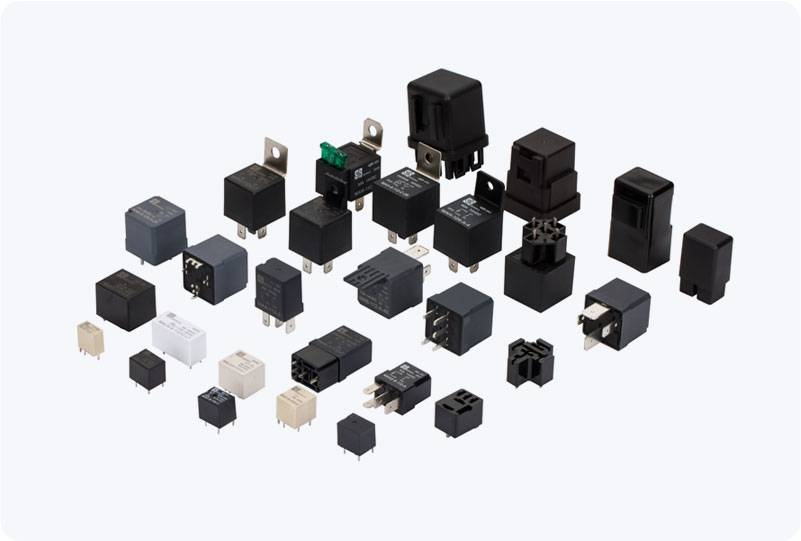hydrogen gas arc extinguishing relay: enhancing safety and efficiency in high-voltage electrical systems
Release time:2025-08-19 05:56:18
The Hydrogen Gas Arc Extinguishing Relay plays a crucial role in the protection of high-voltage electrical systems, particularly in circuit breakers and electrical protection devices. As electrical systems continue to advance, the need for highly efficient and reliable protection mechanisms becomes more critical. This relay utilizes hydrogen gas to extinguish electrical arcs that occur when switching high-voltage circuits, offering a solution that enhances the safety and longevity of electrical equipment. In this article, we will explore the working principles, applications, advantages, and future development of the Hydrogen Gas Arc Extinguishing Relay.

Working Principles
Electrical arcs are a common phenomenon that occurs when the contacts of a circuit breaker or switch open while current is still flowing. These arcs can be destructive, causing significant damage to electrical components, equipment, and even posing fire hazards. The Hydrogen Gas Arc Extinguishing Relay addresses this issue by using hydrogen gas to cool and extinguish the arc.
When an arc is detected by the relay’s sensors, the system triggers the release of hydrogen gas into the arc zone. Hydrogen, with its high thermal conductivity and specific heat capacity, efficiently absorbs the heat from the arc, rapidly reducing its temperature. This quick cooling effect diminishes the arc's energy, leading to its swift extinction. The relay ensures that the process is not only fast but also precise, effectively preventing prolonged arcing, which could otherwise cause catastrophic damage to the system.

